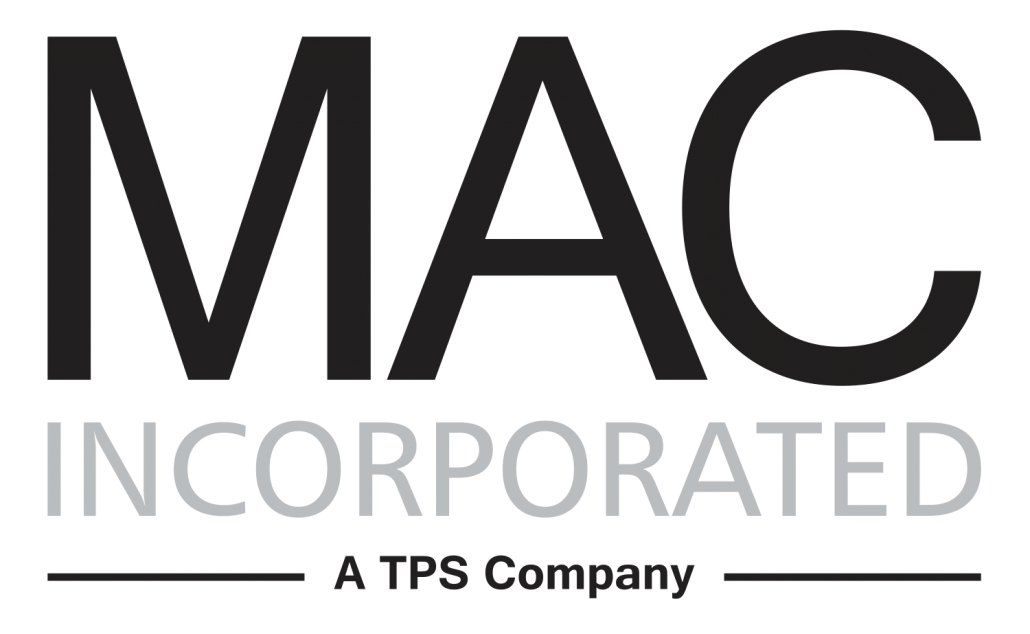OSHA Update—Whistleblowers Can Now File Complaints Online
Earlier this month, the Occupational Safety and Health Administration launched an online form to provide workers a new way to file complaints online. Under the OSHA, employers are responsible for providing safe and healthy workplaces for their employees. This new form will help hold employers accountable by giving workers an additional way to speak […]

